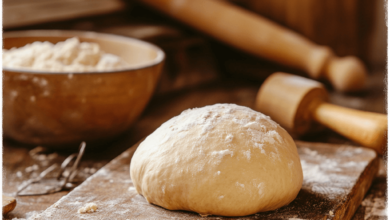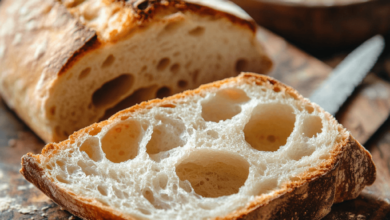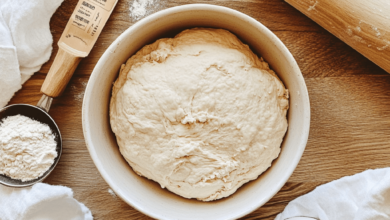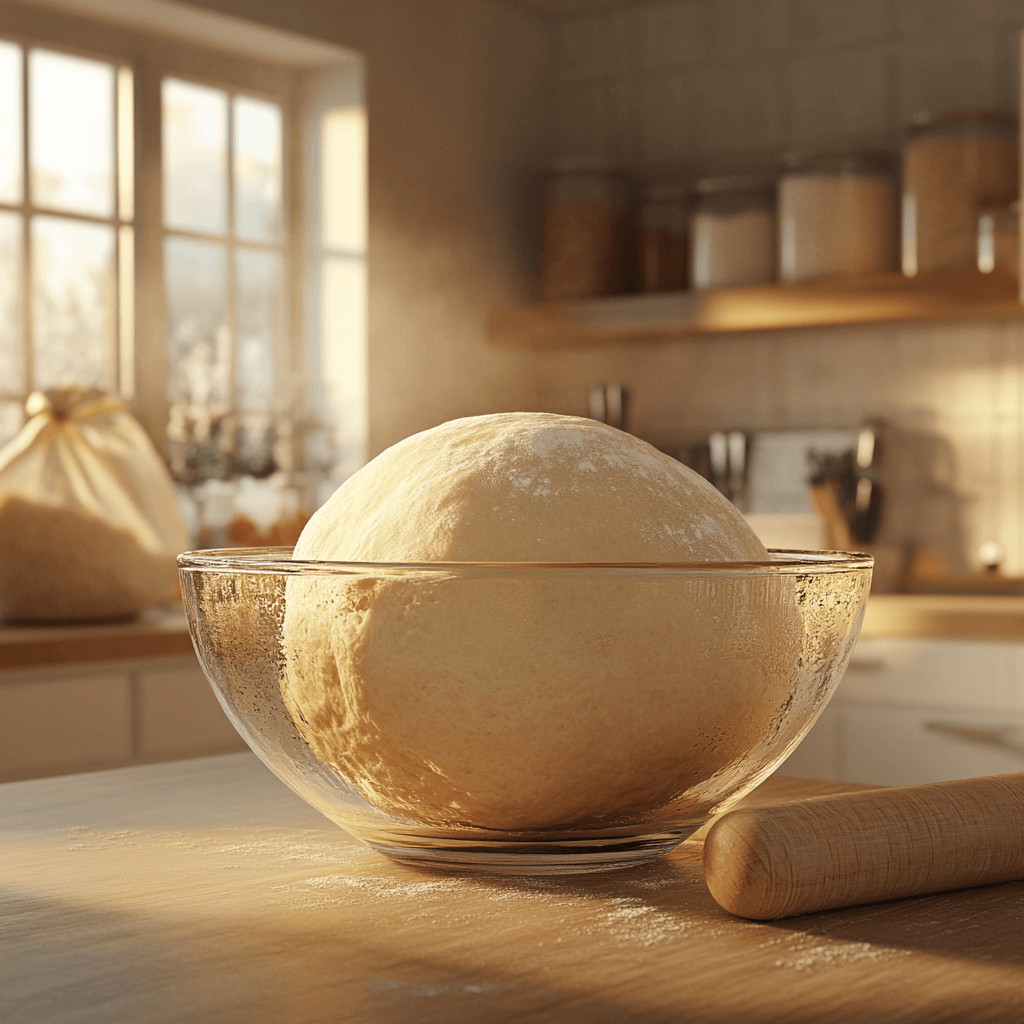
Why Does Bread Dough Rise?
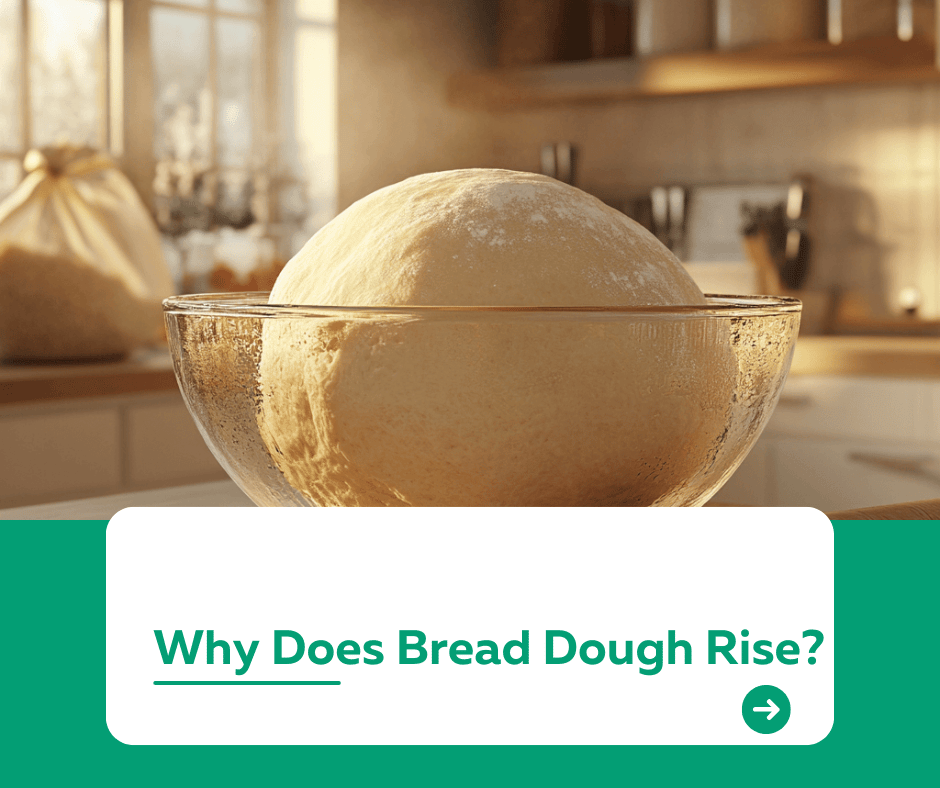
Introduction
Have you ever wondered why bread dough rises and transforms from a sticky mixture into fluffy, airy bread? Why does bread dough rise, and what makes it happen? The process involves a fascinating blend of science and art, with yeast and other leavening agents playing a key role. Let’s dive into the details of this culinary magic.
1. The Role of Yeast in Dough Rising
Yeast is a living microorganism that acts as a leavening agent:
- Activation: Yeast activates when combined with warm water and sugar, producing carbon dioxide gas.
- Fermentation: The yeast consumes the sugars in the dough, releasing gas bubbles that cause the dough to expand.
- Flavor Development: Fermentation also enhances the flavor of the bread by creating subtle tangy and nutty notes.
2. The Importance of Gluten
Gluten is a protein found in wheat flour that provides structure to bread:
- Elasticity: Gluten forms a stretchy network that traps the gas bubbles created by yeast.
- Strength: This network allows the dough to hold its shape while rising.
- Kneading: Proper kneading develops gluten, ensuring an even rise.
3. Temperature and Dough Rising
Temperature plays a critical role in the rising process:
- Warm Environment: Yeast thrives at 75–85°F (24–29°C). Too cold, and the yeast becomes dormant; too hot, and it dies.
- Proofing: Letting the dough rest in a warm place allows the yeast to work its magic.
4. Other Leavening Agents
While yeast is the most common, other leavening agents also make dough rise:
- Baking Powder: Releases carbon dioxide when mixed with liquid and heat.
- Baking Soda: Works with acidic ingredients to create gas.
- Sourdough Starter: A natural leavening made from wild yeast and bacteria.
5. Factors That Affect Rising
Flour Type
- High-protein flours like bread flour develop more gluten, resulting in better structure.
Hydration
- The right amount of water ensures gluten development and smooth fermentation.
Salt
- Strengthens the gluten structure but can inhibit yeast if overused.
Sugar
- Feeds the yeast but too much can slow fermentation.
6. Common Mistakes and How to Avoid Them
❌ Skipping Kneading: Results in weak gluten structure.
❌ Overproofing: Dough can collapse if left to rise too long.
❌ Wrong Temperature: Yeast may not activate or may die.
7. The Magic of Baking
Once the dough has risen, baking completes the process:
- Oven Spring: Heat causes a rapid rise as gases expand before the crust sets.
- Crust Formation: Caramelization and Maillard reaction give the bread its golden, flavorful crust.
Conclusion
Bread dough rises due to the interplay of yeast, gluten, and proper conditions like temperature and hydration. Understanding this process allows you to bake delicious, fluffy bread every time. For more baking tips and insights, visit our Kuestion.com.


